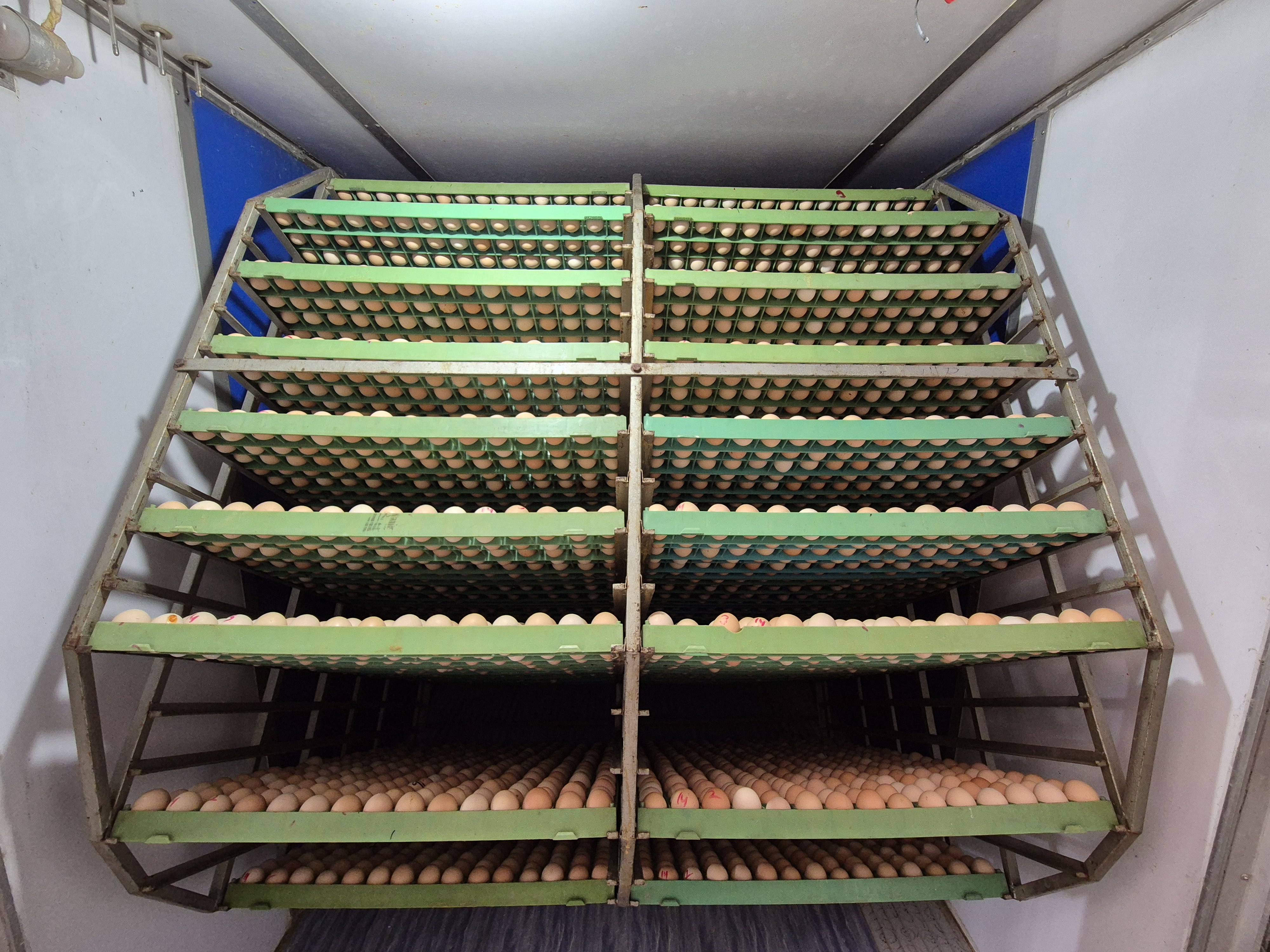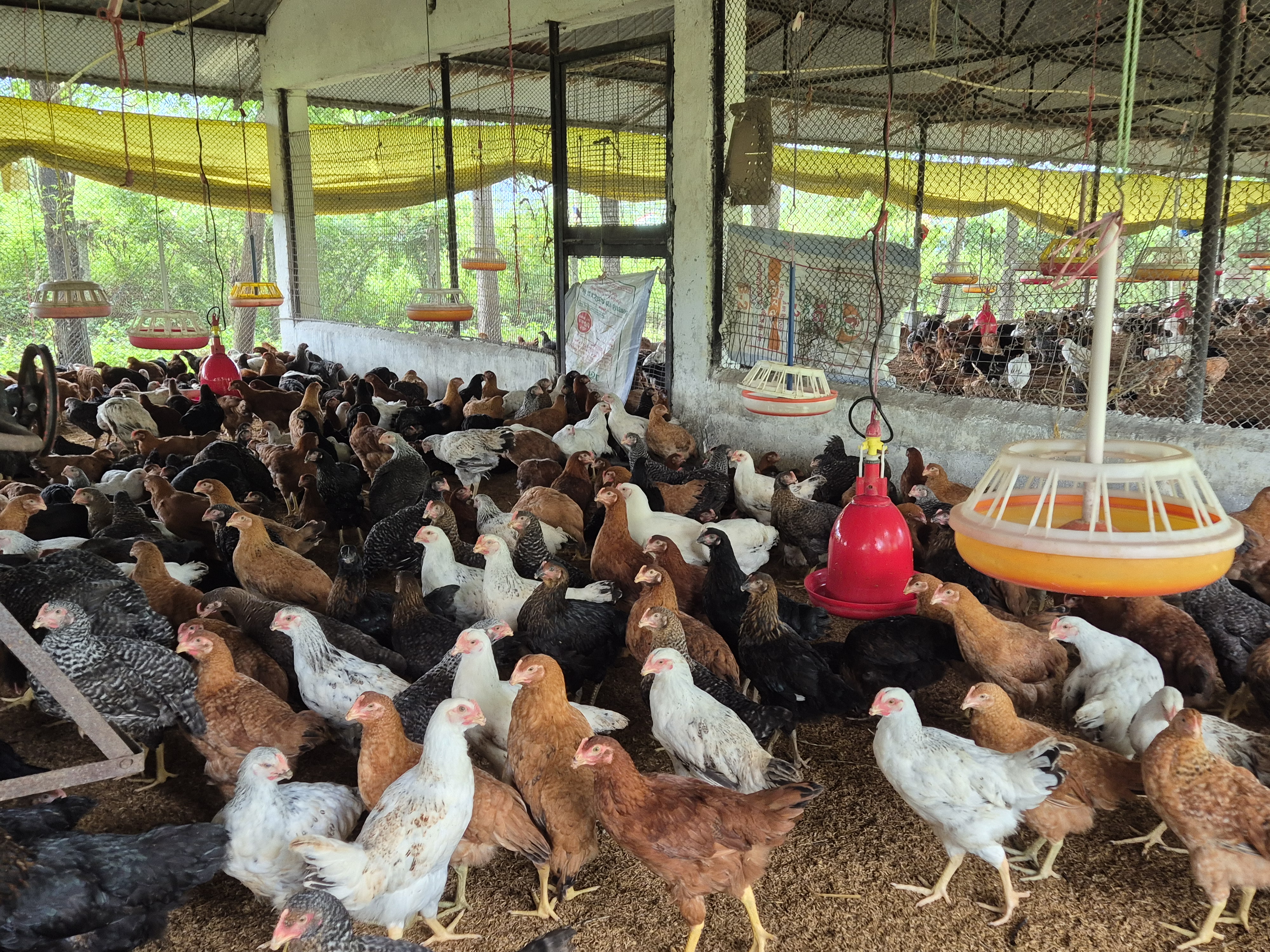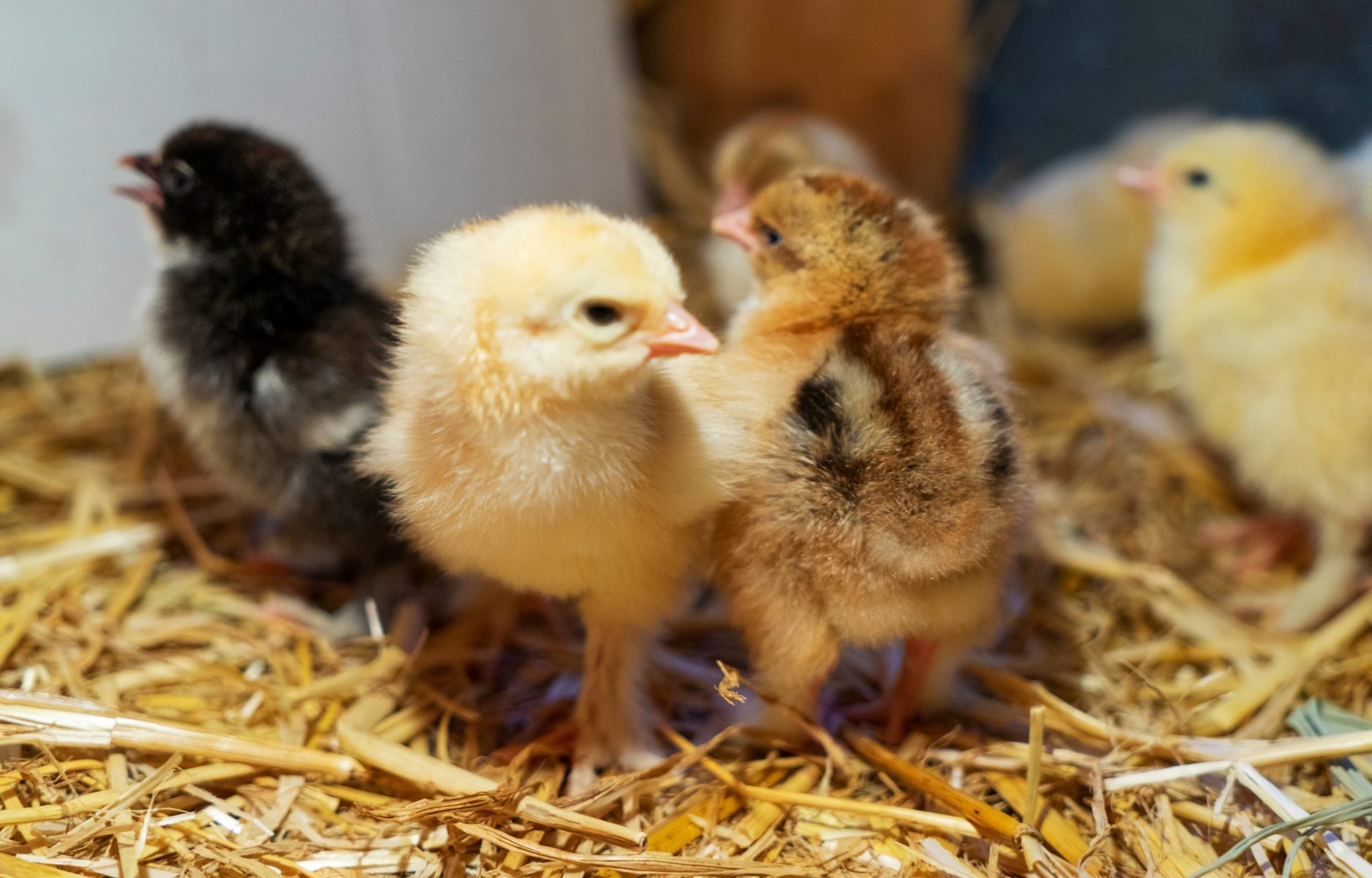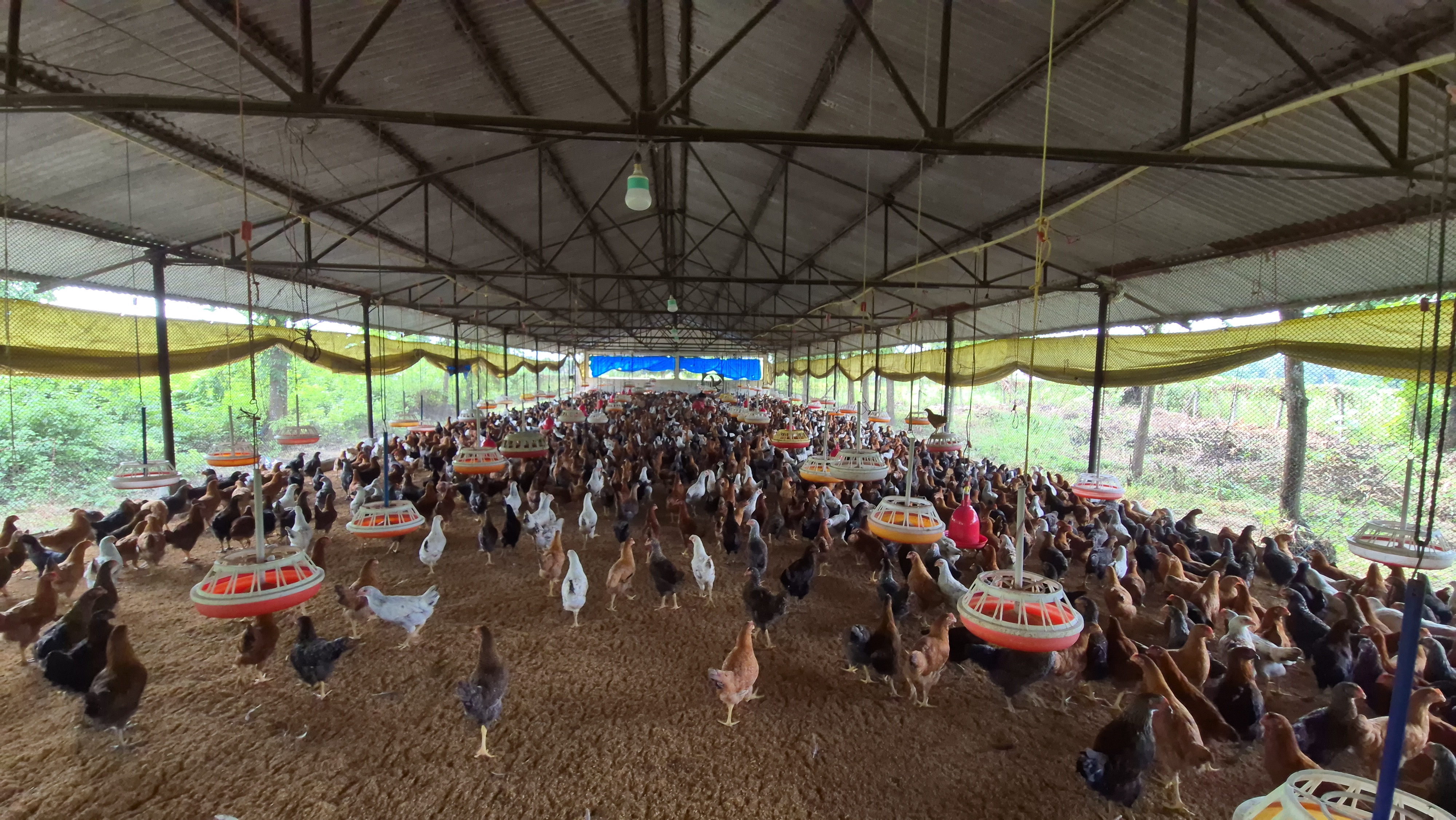Blog
Successfully raising Day Old Kuroiler (Giriraj) Chicks involves careful planning and strategic management. Follow this essential guide to set up and run your farm efficiently.
1. Site Selection and Infrastructure
Location
Select a site that’s accessible and free from pollution and disease. Ensure proper drainage to prevent waterlogging and related health issues.
Farm Layout
Design a layout with distinct areas for brooding, growing, and processing. Ensure ample space for each stage and incorporate facilities for feeding, watering, and waste management.
Housing
Build well-ventilated and insulated housing to protect from extreme weather. Use durable, easy-to-clean materials and ensure adequate lighting and heating.
2. Brooding Setup
Brooder Design
Establish a brooding area with appropriate heating equipment to maintain a temperature of 32°C to 35°C (90°F to 95°F) during the first week. Use adjustable heating lamps or brooders.
Bedding and Hygiene
Provide clean bedding, such as wood shavings or straw, and change it regularly to avoid moisture and pathogens. Maintain a rigorous cleaning routine.
Feeding and Watering
Install feeders and waterers that are easily accessible. Provide high-quality starter feed and fresh, clean water, and regularly check and replenish as needed.
3. Nutrition and Health Management
Feeding Program
Implement a balanced feeding program starting with starter feed and transitioning to grower and finisher feeds. Ensure nutritional completeness for optimal growth.
Health Monitoring
Monitor chicks for illness, follow a vaccination schedule, and consult with a veterinarian for regular health checks.
Disease Prevention
Adopt biosecurity measures to prevent disease outbreaks. Manage farm access, disinfect equipment, control waste, and regularly check for pests and diseases.
4. Growth and Development
Space Management
Provide sufficient space to prevent overcrowding, which can cause stress and health issues. Adjust housing as chicks grow to accommodate their needs.
Environmental Control
Control temperature, humidity, and ventilation to maintain a comfortable environment. Gradually reduce temperature as chicks mature and ensure proper airflow.
Behavioral Observations
Observe chicks to ensure they adapt well to their environment. Address any issues with pecking order or aggression by providing ample space and enrichment.
5. Processing and Marketing
Processing Facilities
Set up hygienic processing facilities with equipment for slaughtering, plucking, and cleaning. Ensure all processes meet food safety standards.
Marketing Strategy
Develop a marketing strategy to sell your Kuroiler (Giriraj) Chicks or products. Target local markets, supermarkets, and restaurants, highlighting the quality and benefits of your poultry products.
Record Keeping
Keep accurate records of feed consumption, health treatments, growth rates, and sales. This will help monitor performance and improve farm management.
6. Sustainability and Efficiency
Resource Management
Implement sustainable practices to conserve resources and reduce waste. Manage feed efficiently and use energy-saving equipment.
Continuous Improvement
Stay updated with the latest advancements in poultry farming. Participate in workshops, consult with industry experts, and adopt new technologies to enhance farm efficiency.






